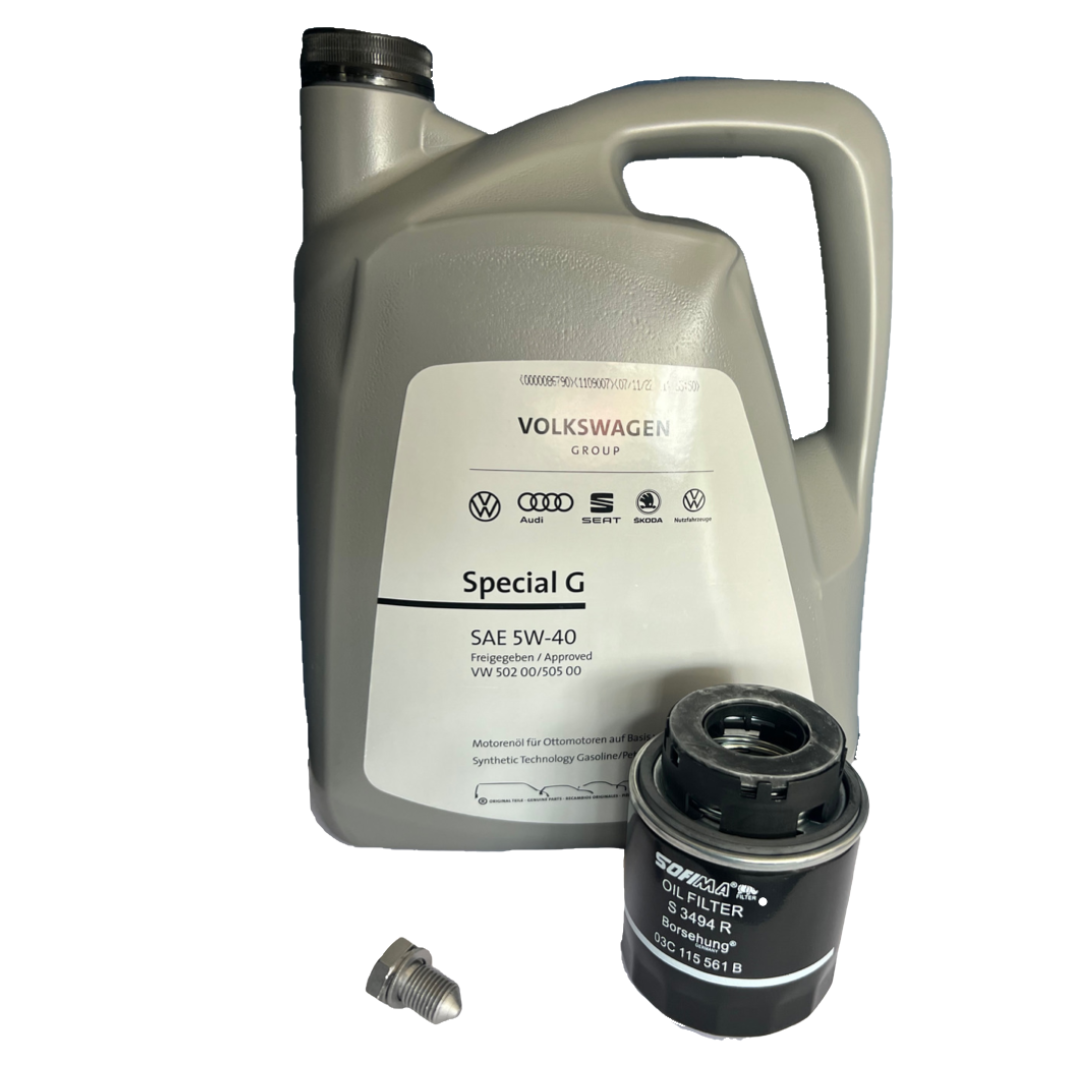Replace a state-of-the-art clp engine for better performance.
Replace a state-of-the-art clp engine for better performance.
Blog Article
Exactly How a Clp Engine Can Improve Effectiveness in Numerous Industries
The advent of CLP engines marks a considerable change in functional effectiveness across different sectors, driven by their capacity to maximize fuel usage and decrease downtime. As companies progressively focus on sustainability alongside efficiency, the function of CLP engines comes to be also extra vital.
Overview of CLP Engines
CLP engines, or Continual Liquid Propellant engines, represent a significant development in propulsion technology, specifically for room applications. These engines use a continuous feed system that allows for the continual expulsion of propellant, causing improved efficiency and efficiency compared to traditional strong or hybrid propulsion systems. By preserving a constant flow of liquid propellant, CLP engines can attain much more precise drive control, which is vital for maneuvering spacecraft in numerous objective scenarios.
The design of CLP engines integrates innovative products and innovative gas management systems. clp engine. This causes decreased weight and increased dependability, important variables for long-duration room goals. The continuous operation minimizes the danger of burning instability, a common obstacle in standard rocket engines.

Advantages in Manufacturing
The production of Constant Liquid Propellant (CLP) engines presents several notable advantages that boost both performance and cost-effectiveness. Among the key benefits is the streamlined production procedure, which minimizes the intricacy connected with conventional propulsion systems. By utilizing fluid propellant, suppliers can achieve higher precision in engine performance, leading to maximized power outcome and reduced waste.
In addition, CLP engines assist in a higher degree of modularity, enabling easier assimilation into various production lines. This versatility can considerably lower preparations and enhance total functional flexibility. Making use of CLP innovation also often tends to lessen the need for extensive upkeep due to less relocating parts, which converts into minimized downtime and operational prices.

Applications in Logistics
Leveraging Continuous Liquid Propellant (CLP) engines in logistics offers considerable advantages in functional effectiveness and reliability. These engines offer a durable option for numerous transport demands, enabling the seamless movement of items throughout vast ranges. The intrinsic design of CLP engines permits regular power result, which translates into smoother and much more foreseeable transportation schedules.
One of the essential applications of CLP engines in logistics remains in durable freight transport, where they can drive both ground and aerial vehicles. Their capacity to preserve high efficiency under differing lots problems makes certain that shipment timelines are met, thereby boosting consumer contentment. Furthermore, CLP engines can be integrated right into automated logistics systems, promoting real-time monitoring and optimizing course preparation.
Furthermore, the sturdiness of CLP engines reduces upkeep downtime, enabling logistics companies to optimize their operational abilities. This is specifically helpful in warehousing operations, where performance in managing and transferring items is vital. As logistics continues to progress, the integration of CLP engines stands for a forward-thinking approach that not only improves efficiency but likewise supports the market's expanding demands for integrity and rate.
Effect on Energy Performance
How do Continuous Liquid Propellant (CLP) engines boost energy effectiveness in transportation? CLP engines use a constant circulation of liquid gas, enhancing combustion processes and keeping a stable thrust output. This design decreases energy losses linked with traditional burning engines, where gas shipment can differ and result in inadequacies.
The continual procedure of CLP engines enables for an extra efficient thermal cycle, leading to greater specific impulse contrasted to conventional engines. clp engine. This translates to decreased gas consumption for the very same quantity of job done, substantially decreasing operational costs across various transport industries, including aviation and maritime sectors
In addition, the ability of CLP engines to preserve ideal efficiency under varying load conditions decreases the requirement for regular acceleration and deceleration, even more improving fuel effectiveness. Improved energy effectiveness not only contributes to cost savings but also leads to lower greenhouse gas emissions, aligning with international sustainability objectives.
Future Trends and Innovations
Emerging developments in Continuous Liquid Propellant (CLP) engine technology promise to revolutionize the landscape of transport performance and sustainability. As markets pivot toward greener choices, CLP engines description stand at the leading edge, integrating innovative products and style approaches that enhance efficiency while decreasing ecological impact.
One of the most encouraging patterns is the adoption of crossbreed systems that integrate CLP engines with renewable resource resources. This synergy can maximize gas consumption and lower emissions, straightening with international sustainability objectives. click over here Furthermore, advancements in computational liquid dynamics (CFD) are facilitating the layout of more aerodynamically reliable engines, causing minimized drag and improved gas performance.
Additionally, the growth of smart surveillance systems is set to improve functional effectiveness. These systems leverage data analytics and IoT modern technology to optimize engine efficiency in real-time, guaranteeing that the engines run within their most efficient specifications.
As study continues to check out different propellant formulations-- such as biofuels and artificial gas-- the future of CLP engines looks promising. By taking advantage of these innovations, markets can not just improve their effectiveness however additionally contribute substantially to a cleaner, extra sustainable future in transportation.
Final Thought
In final thought, CLP engines represent a considerable improvement in effectiveness across several industries. The integration of advanced products and fewer moving parts minimizes upkeep demands, while positioning with sustainability goals positions CLP engines as a pivotal modern technology for find more the future.
Report this page